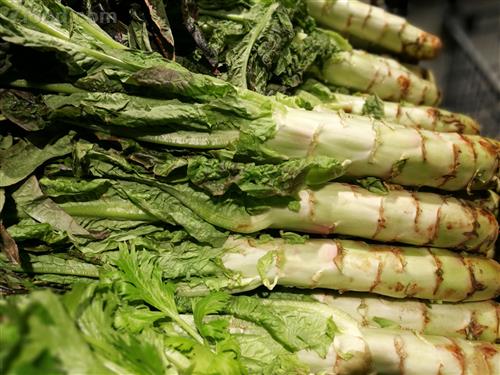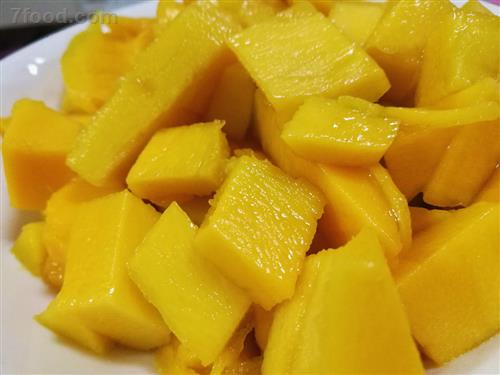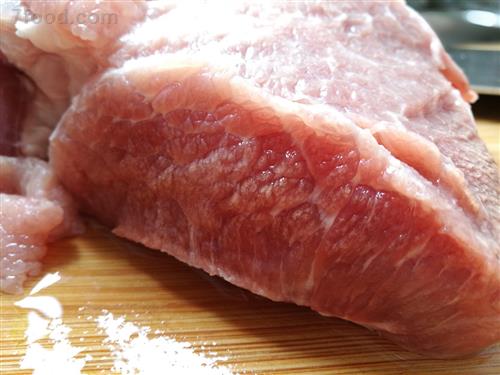The acidity and alkalinity of food is not judged by simple taste. The food whose taste is acid is not necessarily an acidic food. The acidity and alkalinity of food depends on the type and content of minerals contained in the food. So how do we identify which foods are acidic and which are alkaline? Judging the acidity and alkalinity of food is not based on people's taste, nor on the chemical nature of the food dissolved in water, but on the acidity and alkalinity of the final metabolites generated after the food enters the body.
Basically, food contains five major elements - protein, fat, carbohydrates (commonly known as sugar), vitamins, minerals. For the human body, although minerals are only trace amounts, they are also an indispensable element in maintaining physical health. Among the essential minerals, there are 8 species closely related to the acidity and alkalinity of food: potassium, sodium, calcium, magnesium, iron, phosphorus, chlorine, and sulfur. The first five elements become alkaline after entering the human body. Most of the non-metallic elements such as nitrogen, sulfur, and phosphorus are acidic foods, while those containing sodium, potassium, calcium, and magnesium are more alkaline foods. Animal's internal organs, muscles, fats, proteins, grains, due to sulfur, phosphorus, chlorine and more elements in the human body to produce sulfuric acid, hydrochloric acid, phosphoric acid and lactic acid, etc., they are the source of acid in the human body; Most fruits and vegetables, kelp, beans, dairy products contain more calcium, potassium, sodium and magnesium, and they become alkaline substances after metabolism in the body.

Which foods are alkaline?
Vegetables
The basic vegetables are: pepper, cabbage, celery, spinach, rape, Chinese cabbage, Chinese cabbage, cauliflower, leeks, spinach, leeks, bamboo shoots, onions, lettuce, white radish, carrots, wolfberry, lily, sweet potatoes, potatoes, Yam, melon, loofah, cucumber, bitter gourd, pumpkin, tomato, eggplant, green beans, etc.
Vegetables
Fruits
Most of the fruits are alkaline, mainly include: strawberry, pear, watermelon, melon, sugar cane, lemon, orange, orange, apple, pineapple, plum, grape, apricot, peach, cherry, longan, red dates, hawthorn, pomegranate, longan , bayberry, lychee, alfalfa, mulberry, papaya, cantaloupe, kiwi and so on.

Beverages
Basic beverages include: tea, wine, soymilk, milk, honey, freshly squeezed fruit juices, mineral water, sugarless black coffee.
Seasoning
Basic seasonings include: garlic, onion, parsley, garlic sprouts, curry, rosemary, star anise, ginger, sesame paste, vinegar and so on.
Mushrooms
Basic mushrooms are: mushrooms, mushrooms, mushroom, Pleurotus eryngii, straw mushroom, Hericium, black fungus, white fungus.
Sea vegetables: kelp, seaweed, seaweed, coral grass.
other
Alkaline edible oil: olive oil, rapeseed oil, linseed oil.
Alkaline nuts, beans: lotus seeds, pine nuts, almonds, chestnuts, red beans, mung beans, soybeans, sesame seeds, beans, peas, lentils.
What are the acidic foods?
Nutritionists believe that fish, meat, poultry, eggs, rice, flour, oils, and sugar are all acidic foods. In general, acidic foods have the following:
1, starches;
2, animal food;
3, sweets;
4, refined processed foods (such as white bread, etc.);
5, fried food or cream;
6, beans (such as peanuts, etc.).

Common acidic foods have these:
1. Strongly acidic foods: West Point or persimmon, mullet, and fish, etc. made from egg yolk, cheese, and sugar.
2, medium and acidic foods: ham, bacon, chicken, squid, pork, squid, beef, bread, wheat, butter, horse meat and so on.
3 weak acidic foods: white rice, groundnut, beer, wine, fried tofu, seaweed, clams, octopus, muddy.
Medical Cold Patch
Throat Pain Relief Patch
[Name] Medical Cold Patch
[Package Dimension] 36 round pieces
The pain relief patch is composed of three layers, namely, backing lining, middle gel and protective film. It is free from pharmacological, immunological or metabolic ingredients.
[Scope of Application] For cold physiotherapy, closed soft tissue only.
[Indications]
The patches give fast acting pain relief for acute and chronic tonsillitis.
[How To Use a Patch]
Please follow the Schematic Diagram. One piece, one time.
The curing effect of each piece can last for 6-8 hours.
[Attention]
Do not apply the patch on the problematic skin, such as wounds, eczema, dermatitis,or in the eyes. People allergic to herbs and the pregnant are advised not to use the medication. If swelling or irritation occurs, please stop using and if any of these effects persist or worsen.notify your doctor or pharmacist promptly. Children using the patch must be supervised by adults.
[Storage Conditions] Store below 30c in a dry place away from heat and direct sunlight.
Throat Pain Relief Patch,Throat Pain Relief Pad,Throat Pain Relief Plaster,Antitussive Patch
Shandong XiJieYiTong International Trade Co.,Ltd. , https://www.sdxjmedical.com